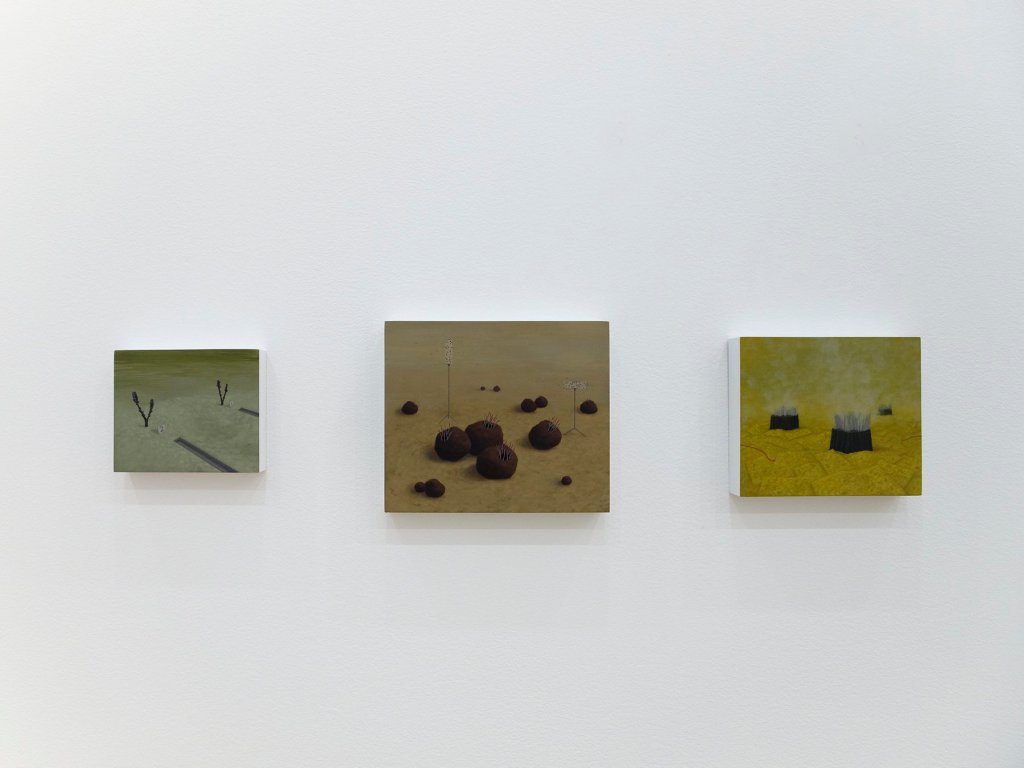
Contributed by Mark Wethli / “Edgy” is a word we commonly use to describe daring or provocative art. If anything has been a measure of artistic success in the modern era, it’s been the degree to which new art pushes the boundaries of the work that came before. The term is usually rooted in the theoretical and formal aspects of art making, but the paintings of Nora Sturges – now on view at Sarah Bouchard Gallery in Woolwich, Maine – transport us to edges of another kind: meticulous, high-resolution images of barren landscapes at the outskirts of civilization, populated by enigmatic, abandoned structures, often unfinished. Entirely make-believe but inspired by actual locations near her home in Baltimore, Sturges’ paintings present a metaphorical vision of life at the far reaches of both the physical world and the imagination. They also resonate compellingly with the precarious moment in which we find ourselves today.
Located on the upper level of a two-story building and surrounded by the Maine woods, the gallery’s soft, filtered daylight echoes the muted tones in the paintings themselves. The relative isolation of the gallery, though not nearly as extreme, might also remind us of the remote locales depicted in Sturges’ work. This location also affords a welcome respite from the ambient noise of daily life, comparable to the quietude of the images themselves. While their characteristic stillness and implicit silence would be just as evident in a Manhattan gallery, in the heart of the Maine woods these qualities are even more apparent.

Lookout, a small oil painting on panel, is one of several in the show that features what appears to be an arctic location. Reminiscent of a scientific research station, its solitary occupant–a curious looking viewing platform–bears mute testimony to its unforgiving environment. The painting’s burnished and beautifully rendered paint surface is equally taciturn, even as it’s atmosphere of perpetual twilight, like that of the arctic winter, intensifies our sense of isolation and an unsettled feeling beyond loneliness.
The uncanny world the paintings depict – and evince in and of themselves as intimate, lapidary objects — is cryptic but not without humor. The built structure in Lookout, for instance, is wonderfully naïve, like something from a child’s imagination or the work of an eccentric inventor. Just as easily, it might be a stage prop from a Wes Anderson movie that has wandered onto the set of a Bergman or Tarkovsky film, forlorn and overmatched by the distant horizon.

Giotto’s Hole presents an equally intriguing structure. It reads like a wooden form for pouring concrete, but the absence of other equipment or signs of life suggests a fledgling project abandoned many years before. Left unanswered are questions of how deep the hole might be or why it has that peculiar shape. In a lighter vein, it could be the foundation for a Frank Gehry building, or what you’d get if you asked a couple of teenagers to create a 3-D map of the United States using only plywood. Unlike the environments depicted in some of the other paintings, the space around the structure isn’t necessarily snow-covered and might even pass for the bottom of the ocean.
Seen through a different lens, however, the painting’s two fields of patterned brushwork, above and below, bring to mind the work of Thomas Nozkowski. Like his work, this field of softly energized brushwork – methodical and insouciant at the same time, and punctuated by an idiosyncratic but plausible figurative element – places the image in a nether world between representation and abstraction. In Sturges’ case, however, the central object’s specificity makes the painting, paradoxically, even more puzzling.
Western painting has stood at this intersection before, of course, most notably in the art of the Sienese school, which Sturges cites as a significant inspiration for her work. At historical turning points such as these – Cezanne’s achievement being another – we can look in two directions at once. Sienese painting harkens back to Byzantine flatness even as it looks forward to the naturalism of the Renaissance. Like converging bodies of water, these transitional moments produce a turbulent but thrilling confluence of styles, meanings, and possibilities in which images can be representational, abstract, and symbolic at the same time, an opportunity Sturges uses to maximum effect.

In Temporary City, one of the earliest pieces in the show, we can see intriguing contrasts with the work that came later. The built structures dominate the space, set at eye level rather than the elevated, detached perspective in most of the others. We immediately feel a greater sense of engagement, as in an unfolding dream or the opening shot of an episode of The Twilight Zone. High-rise buildings on the horizon make the relatively flimsy, temporary structures feel like the remnants of a traveling circus, while the trees waiting to be planted acknowledge the notion of permanent settlement. Although the flags and pennants are motionless for the moment, the threat of an approaching storm casts a pall over the scene.
The booths themselves seem to represent a distillation of life’s most fundamental necessities – medical, dental, and eye care, as well as a food store – hinting at a foreign or alien civilization that regards anything beyond these as extraneous. Tufts of grass imply the transition from grassland to desert or desert to grassland, though my money is on the former. Like much of Sturges’ work, Temporary City is an amusing take on the fragility of our existence, however many walls and systems we erect to convince ourselves otherwise.
Of special note, all the work in this show was made between 2008 and 2015. Since that time, Sturges’ paintings, while remaining similar in scale and facture, have evolved into more complex and semi-abstract compositions that are equally enigmatic, if not more so. Like a pre-pandemic message in a bottle, we can feel this earlier body of work reaching across the divide of the quarantine–a perspective which only adds to their sublimely dystopian sense of foreboding and prompts us to cast our attention forward as well as back, and inward as well as out.
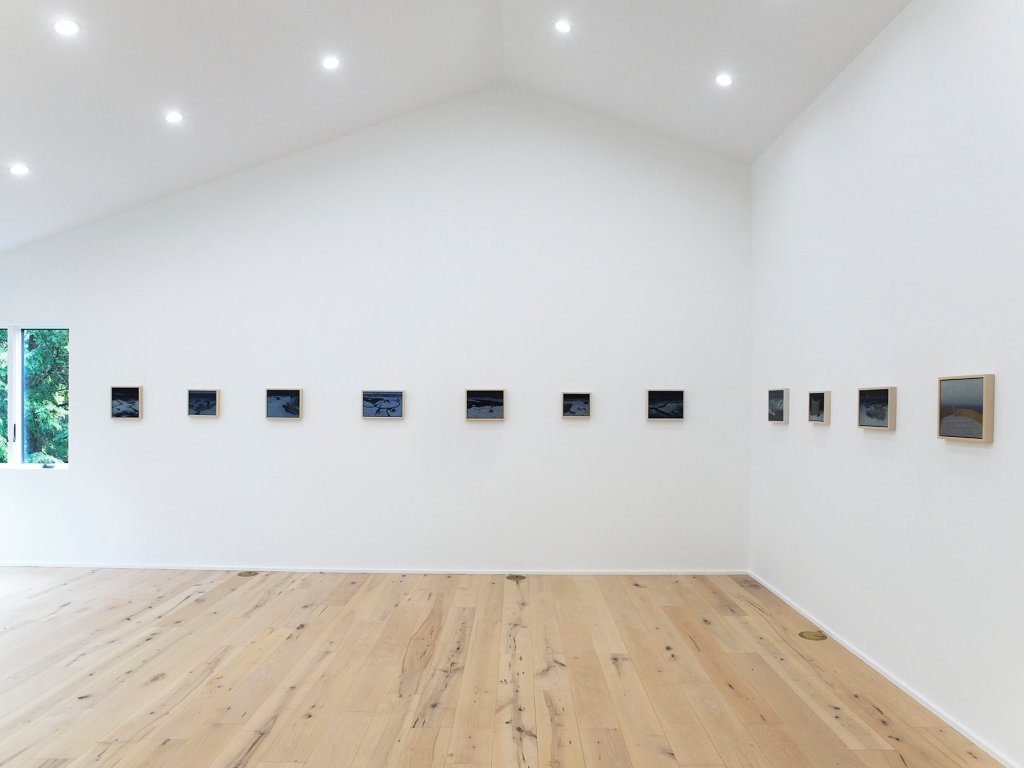
“Nora Sturges: Borders and Edges,” Sarah Bouchard Gallery, 13 Nequasset Pines Road, Woolwich, ME. Through June 29, 2025.
About the author: Mark Wethli is a painter, writer, and the A. Leroy Greason Professor of Art Emeritus at Bowdoin College.

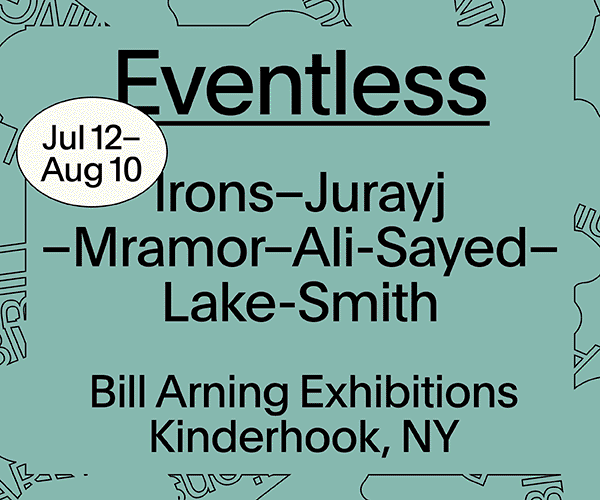
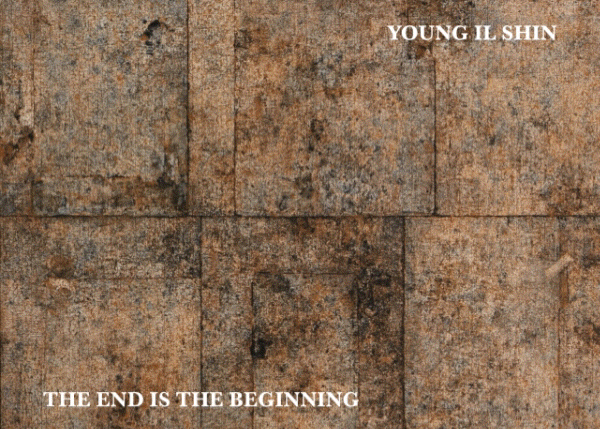
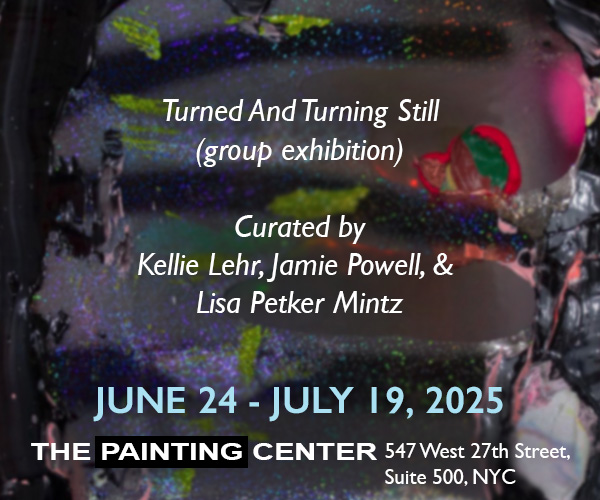
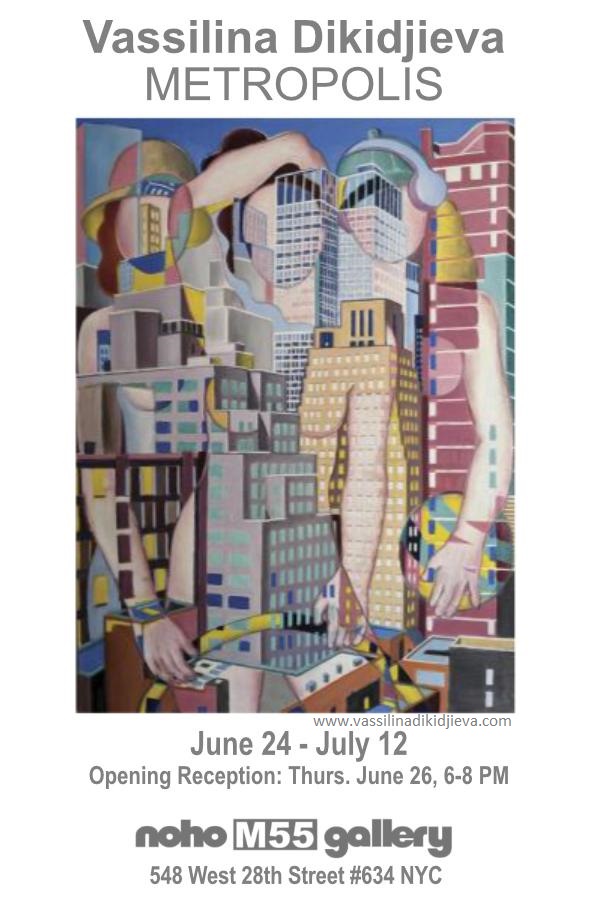
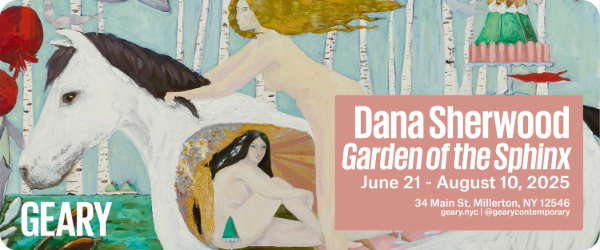










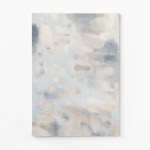
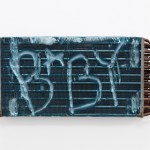
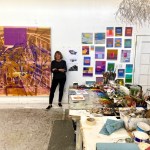
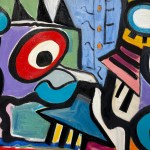
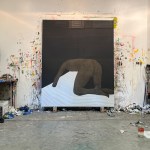
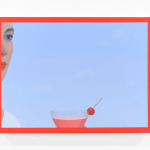
Thoughtful, insightful review of an equally thoughtful and rewarding show.